end tidal co2 monitoring cpr
To assess the feasibility and potential usefulness of quantitative measurement of end-tidal carbon dioxide pressure PETCO2 during out-of-hospital cardiac arrest. I II and III.
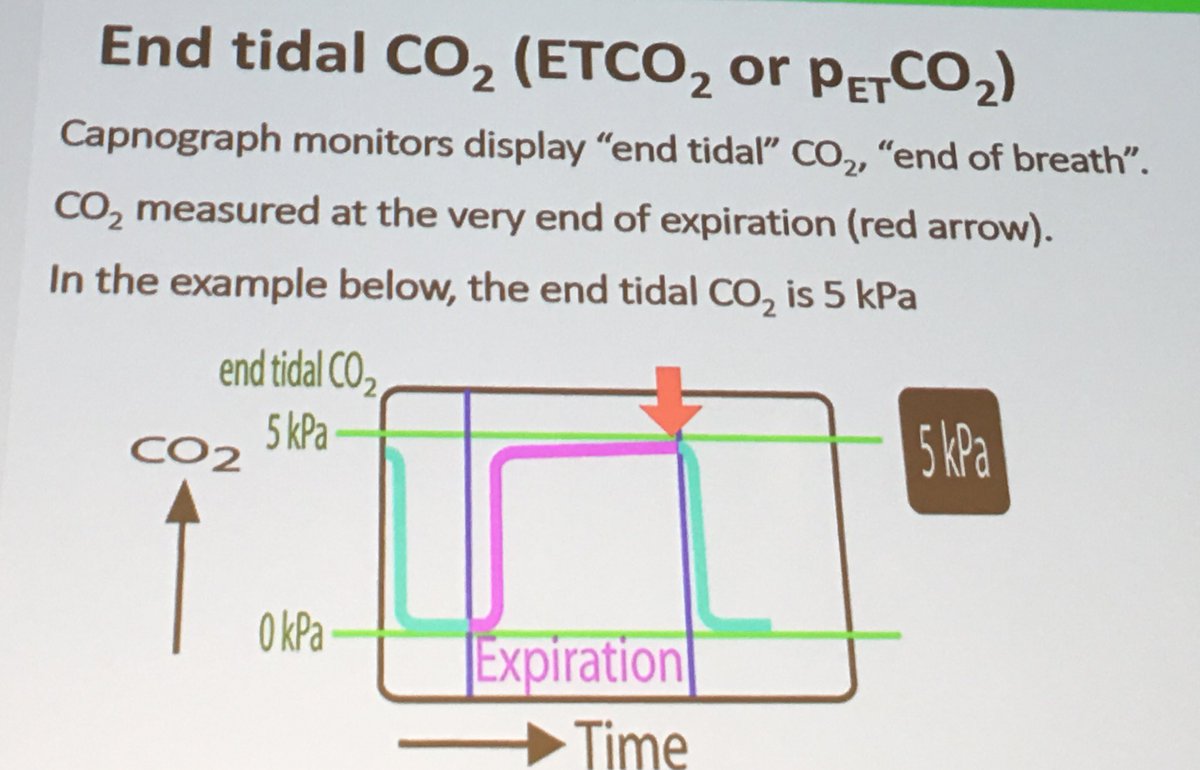
M Velia Antonini Twitterren Etco2 To Evaluate Cpr Quality To Achieve Good Outcome Monitor Resuscitation Quality Is High Chest Compressions Fraction Short Cc Pauses Deep Enough Cc But Also Where Where You
What is end tidal co2 used for.
. On the other hand a high CO2 reading may indicate airway narrowing. Two very practical uses of waveform capnography in CPR are. Rescue breathing during CPR with an advanced airway.
End-tidal CO2 EtCO2 monitoring is a measure of metabolism perfusion and ventilation. Murphy RA Bobrow BJ Spaite DW et al. Maximum value of carbon dioxide at the end of the expiration is designated as end-tidal partial pressure of carbon dioxide PETCO 2.
A peak level less than 10 mm Hg may indicate a need to change compressor or ventilator to delive. End-tidal CO2 may be useful here as an easily and immediately measurable index of changes in cardiac output. The purpose of this systematic review is to evaluate the prognostic value of ETCO2 during cardiac arrest and to explore whether ETCO2 values could be utilised as a tool to predict the outcome of resuscitation.
End tidal CO 2 monitoring is represented as a number and a graph on a monitor. Oxygenation saturation with pulse oximeter. Time capnogram showing segments phases and angles.
The first sign of the return of spontaneous circulation ROSC during CPR is increase in ETCO2 therefore monitoring of ETCO2 provides very useful information to guide treatment during CPR 8 - 10. 20 mmHg at 20 minutes CPR - higher chance of ROSC. End tidal CO2 ETCO2 monitoring with wave form capnography serves various ACLS-related purposes.
We monitored end-tidal CO2 values continuously during cardiac resuscitation in 23 humans while ventilation was held constant with a computer-controlled CPR Thumper. Uses during cardiac arrest. A common pitfall is to stop chest compressions as soon the end-tidal CO2 jumps to 40.
Loss of ETCO2 may be the first sign that CPR is needed. The number is called capnometry which is the partial pressure of CO 2 detected at the end of exhalation ranging between 35 - 45 mm Hg or 40 57 kPa. When CO2 diffuses out of the lungs into the exhaled air a device called a.
The waveform is called capnograph and shows how much CO 2 is present at each phase of the respiratory cycle. In fact its commonly called the ventilation vital sign. 1 evaluating the effectiveness of chest compressions and 2 identification of ROSC.
Inspiratory segment is phase 0 expiratory segment is divided into three phases. Here are five things you should know about waveform capnography in cardiac arrest. This will cause a decrease in the ETCO2 end-tidal CO2 and this will be observable on the waveform as well as with the numerical measurement.
Chest compression provider tiring end-tidal CO2 value diminishes over time. A critical tool in cardiac arrest. Normal ETCO2 in the adult patient should be 35-45 mmHg.
The normal values are 5 to 6 CO2 which is equivalent to 35-45 mmHg. Association between prehospital cpr quality and end-tidal carbon dioxide levels in out-of-hospital cardiac arrest. Also called capnometry or capnography this noninvasive technique provides a breath-by-breath analysis and a continuous recording of ventilatory status.
Data from this prospective clinical trial indicate that findings from end-tidal carbon dioxide monitoring during cardiopulmonary resuscitation are correlated with resuscitation from and survival of cardiac arrest. The angle between phase II and III is α angle and between phase III and the. Abrupt increase in ETCO2 suggests ROSC during CPR detectable before pulse check ETCO2 at 20 minutes of CPR is prognostically useful.
Monitoring end-tidal CO 2 ET-CO 2 provides instantaneous information about ventilation how effectively CO 2 gas is being exhaledeliminated by the respiratory system perfusion how effectively CO 2 is being transported through the vascular system to the lungs and metabolism how effectively CO 2 is being produced by cellular metabolism. No patient with an average end-tidal carbon dioxide partial pressure of less than 10 mm Hg was resuscitated. This report focuses on ten of the 23.
The height of the ETCO2 waveform during CPR has been used as an indirect measure of adequate chest compressions helping those involved in resuscitation monitor the effectiveness of their compressions in real time. CPR should only be discontinued after persistent end-tidal CO2 40 and additional signs of ROSC are present. Emergency medical technician-paramedics EMT-Ps were instructed in the operation of a portable battery-powered capnograph the sensor for which was attached to the endotracheal.
The normal values are 5-6 CO2 which is equivalent to 35-45 mmHg. End-tidal carbon dioxide CO 2 monitoring is a safe and effective noninvasive indicator of cardiac output CO during CPR. Cardio Pulmonary Resuscitation CPR ETCO2 concentration is a reliable index of effective heart compression during CPR which is associated with cardiac output 7 8.
Although the normal range for CO2 should be between 35-45mmHg CO2 monitoring gives healthcare providers a lot more insight into what is going on with a patients condition. Waveform capnography can be attached to the BVM prior to intubation to monitor the effectiveness of CPR. End-tidal carbon dioxide and outcome of out-of-hospital.
Wayne MA Miller CC. Gradual fall in ETCO2 suggests compressionist fatigue during CPR - time to change compressionists. The end-tidal carbon dioxide CO2 concentration has been found to correlate with cardiac output during and after cardiopulmonary resuscitation CPR in animal models.
When a capnometer is available and the machine is warmed-up connection to the ventilatory circuit takes CPR whether ventilating via bag-mask laryngeal. High quality CPR consistent waveform and end-tidal CO2 20 kPa. 8-10 breaths per minute 1 breath every 6-8 seconds Chest compressions should be given continuously at a rate of 100 to 120 per minute.
Norm al EtCO2 levels 46 to 60 kPa. 10 to 20 mmHg during CPR was strongly associated with ROSC while persistent EtCO2 below 10 to 20 mmHg after 20 minutes of CPR had a 05 likelihood of ROSC. End-tidal carbon dioxide ETCO 2 monitoring is readily available easily used and a standard of care in the operating suite and in the critical care setting.
2 hours agoEnd-tidal CO2 monitoring. More Than Just a Number. It is best to get an.
In the awake adult normal cardiac index lies between 25-4 Lminm2 with an ETCO2 of 35-45 mmHg. End-tidal CO2 ETCO2 detection requires air movement. MmHg Relate to the air we breath.
End-tidal CO2 EtCO2 monitoring is a noninvasive technique which measures the partial pressure or maximal concentration of carbon dioxide CO2 at the end of an exhaled breath which is expressed as a percentage of CO2 or mmHg. A low end-tidal CO2 may indicate poor perfusion hypovolemia or sepsis. End-tidal carbon dioxide ETco 2 monitoring provides valuable information about CO 2 production and clearance ventilation.
An increase in etCO2 by 5 appears to have reasonable sensitivity 71-91 and specificity 94-100 for fluid responsiveness in two studies of patients breathing passively on the ventilator.

Wendy Blount Dvm Cpr Update Recover Ppt Video Online Download
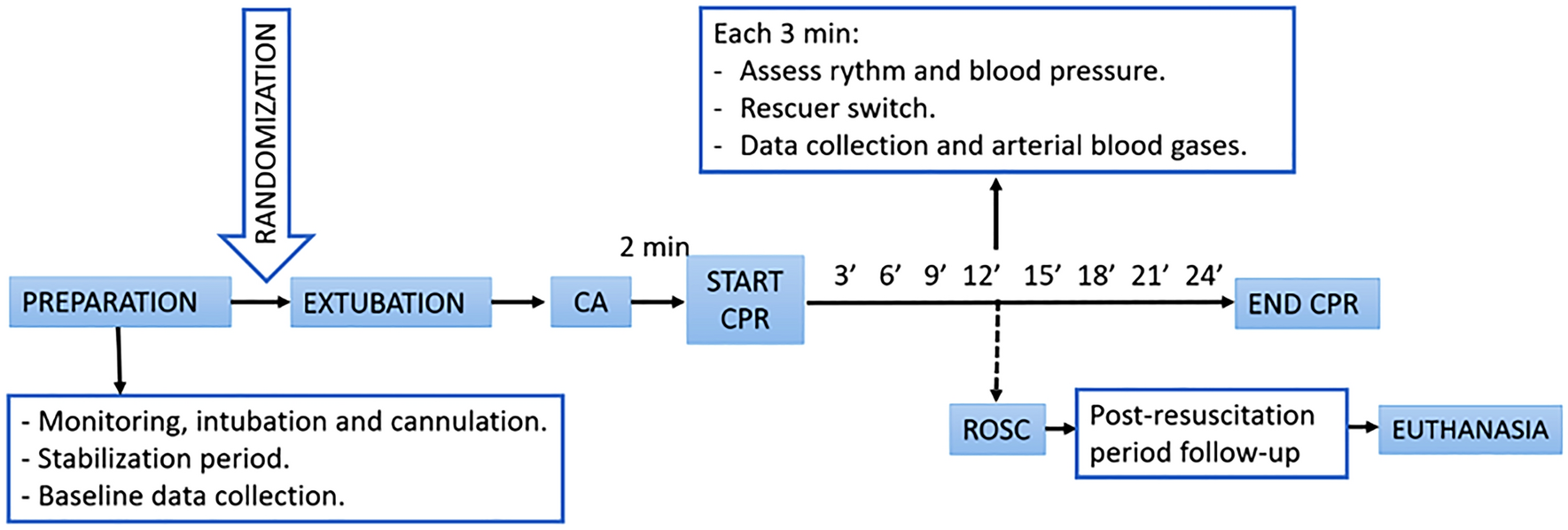
Effects Of Airway Management And Tidal Volume Feedback Ventilation During Pediatric Resuscitation In Piglets With Asphyxial Cardiac Arrest Scientific Reports

The Impact Of Ventilation Rate On End Tidal Carbon Dioxide Level During Manual Cardiopulmonary Resuscitation Resuscitation

3 Waveform Capnography Showing Changes In The End Tidal Carbon Dioxide Download Scientific Diagram

End Tidal Co2 Guided Automated Robot Cpr System In The Pig Preliminary Communication Resuscitation

Etco2 Valuable Vital Sign To Assess Perfusion The Airway Jedi
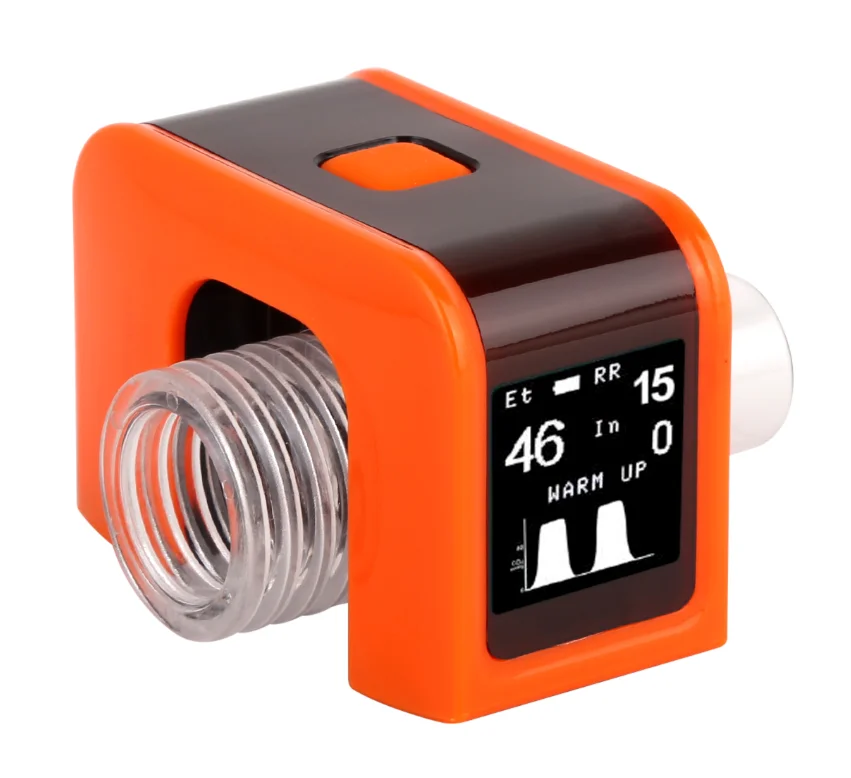
Ca60 Wireless Cpr End Tidal Micro Etco2 Capnometer Buy Etco2 Capnometer Product On Alibaba Com
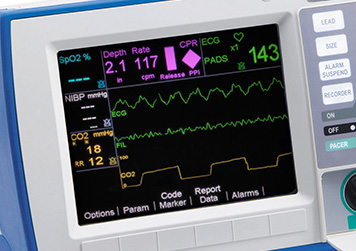
End Tidal Co2 Etco2 Capnography For R Series Zoll Medical

Quantitative Waveform Capnography Acls Medical Training

Nonin Respsense Ii Capnography Monitor

The Role Of Etco2 In Termination Of Resuscitation Jems Ems Emergency Medical Services Training Paramedic Emt News

Pv Card Continuous End Tidal Co2 Monitoring In Cardiac Arrest
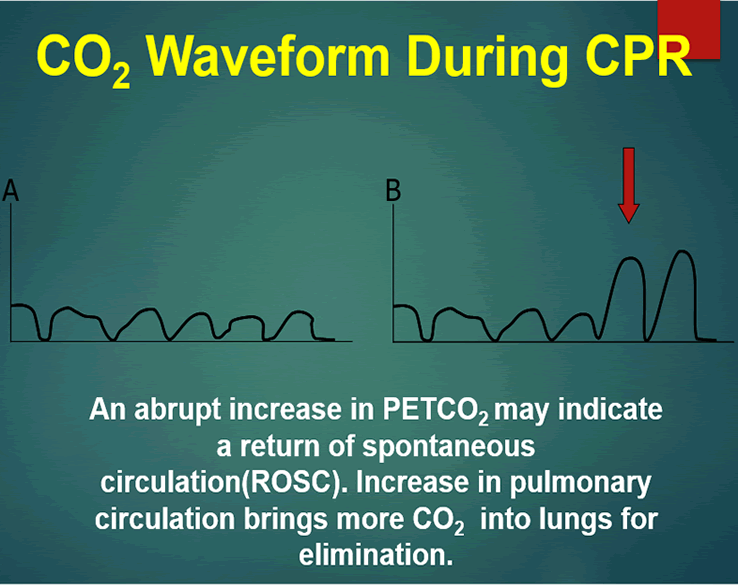
Cpr Mobile Code Stand With Capnograph Capnography

Use Capnography For A Patient In Cardiac Arrest Capnoacademy Capnoacademy

China Adult Neonate Veterinary Wireless Etco2 End Tidal Co2 Capnograph Monitor China Capnometer Etco2 Monitor

3 Waveform Capnography Showing Changes In The End Tidal Carbon Dioxide Download Scientific Diagram
Emdocs Net Emergency Medicine Educationcapnography In The Ed Emdocs Net Emergency Medicine Education
